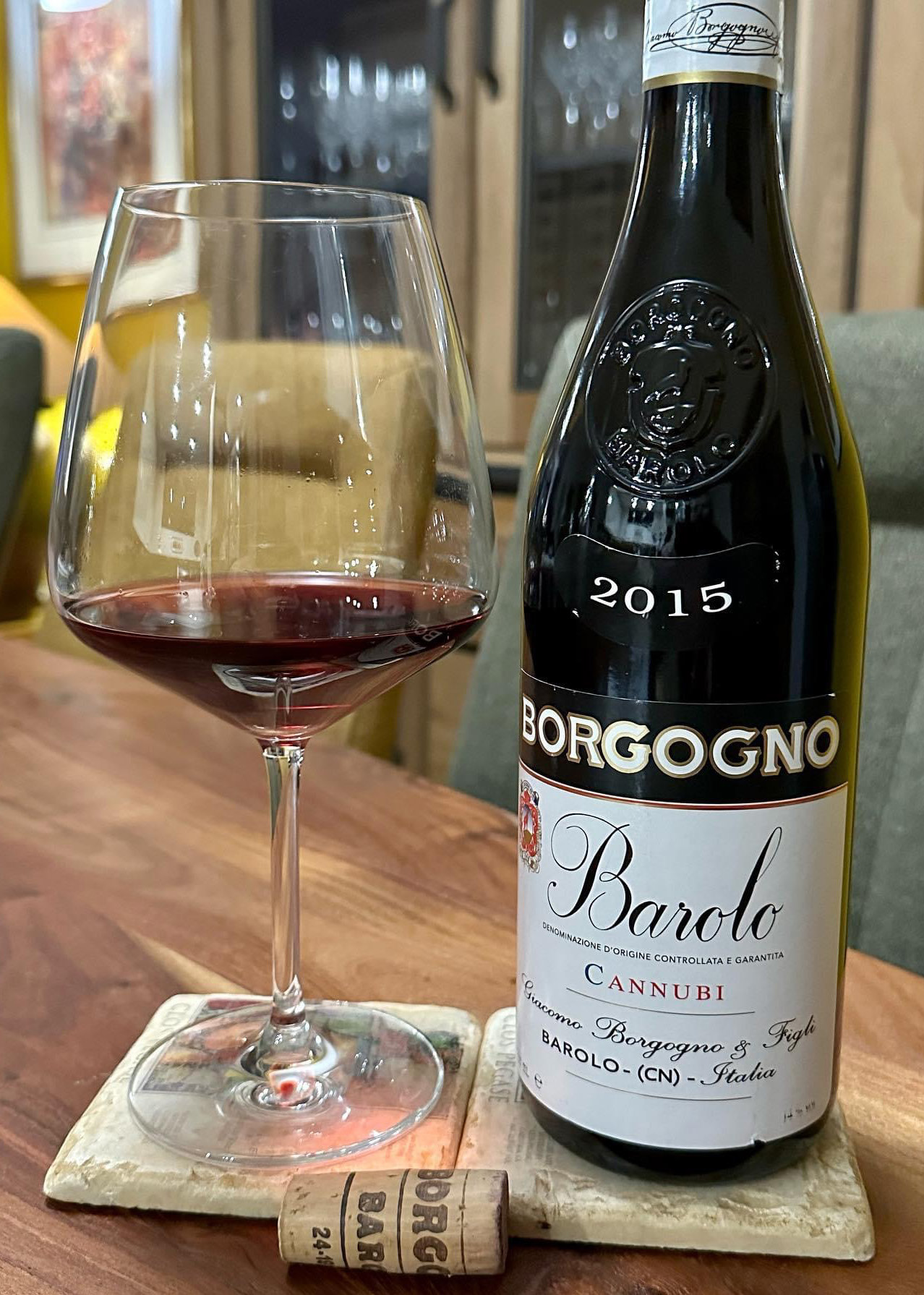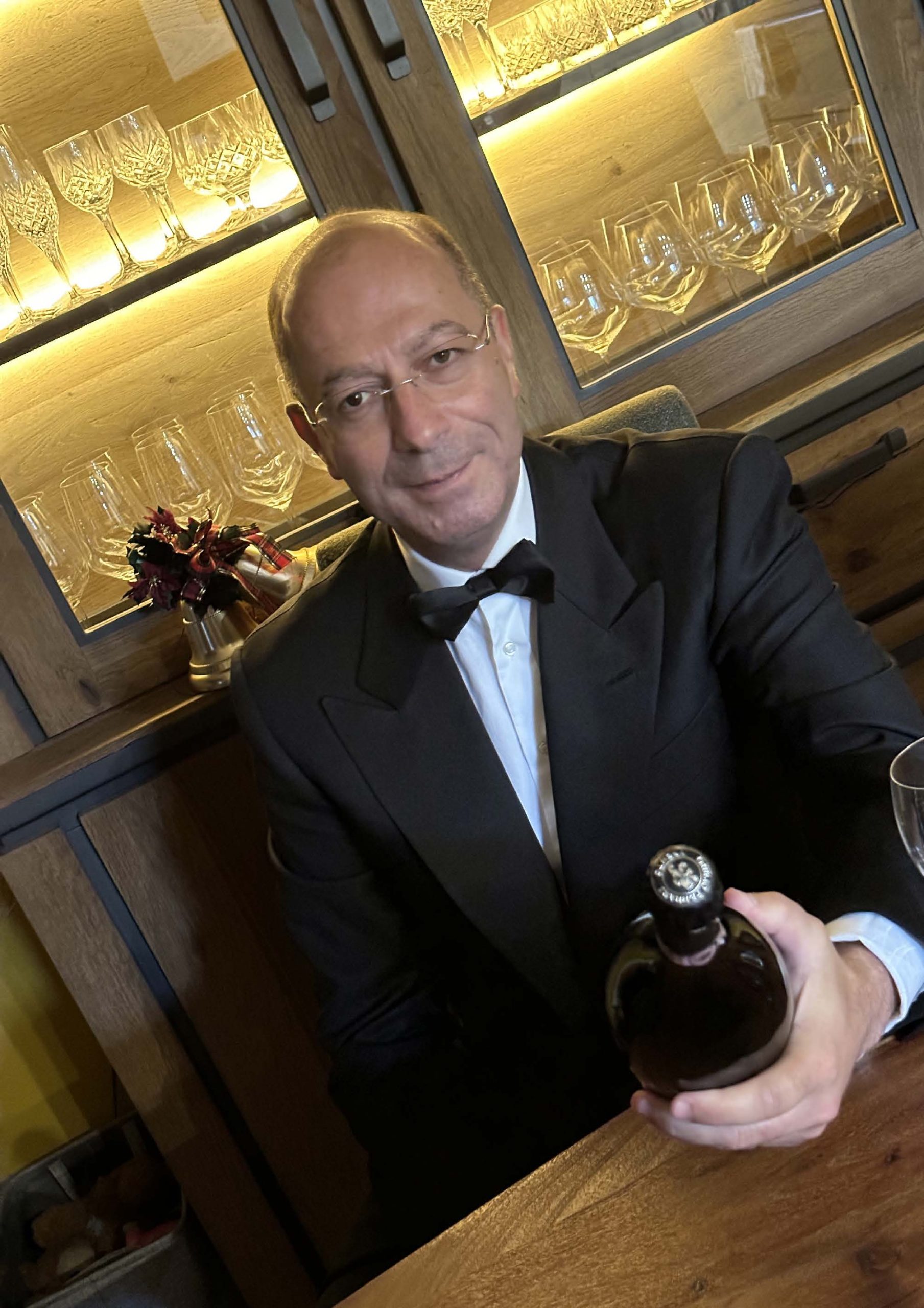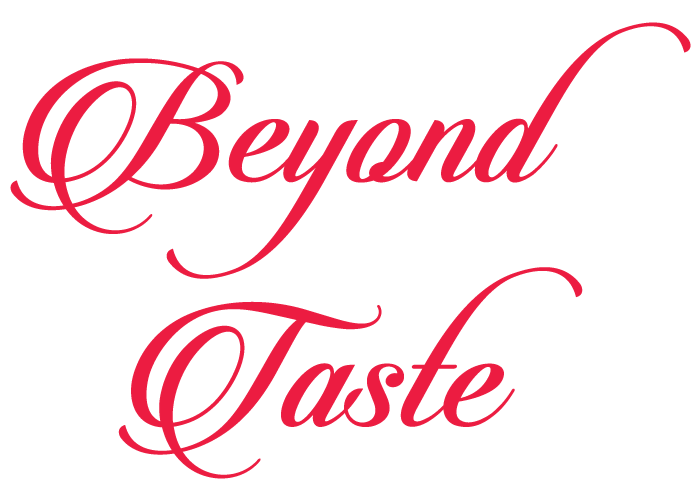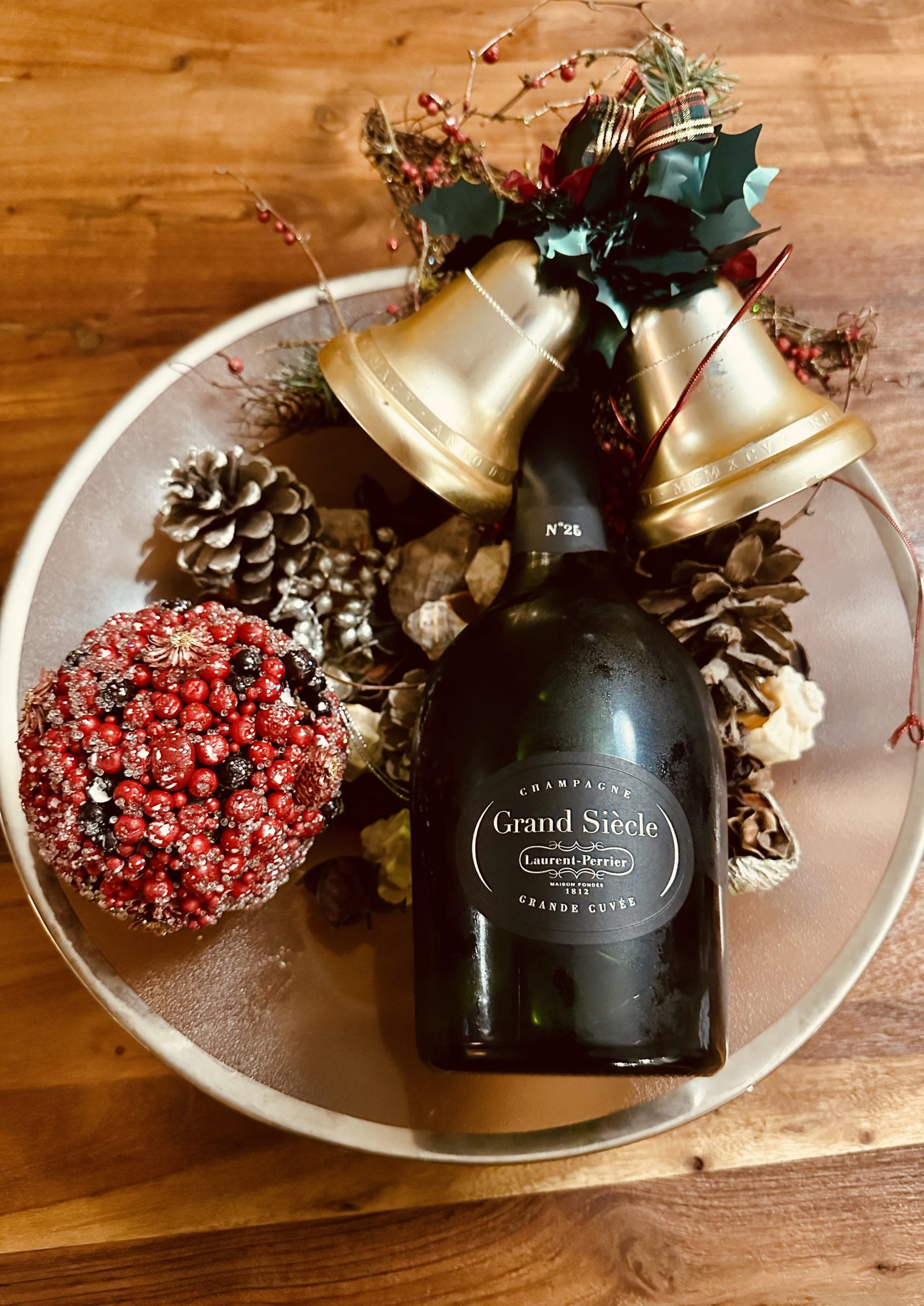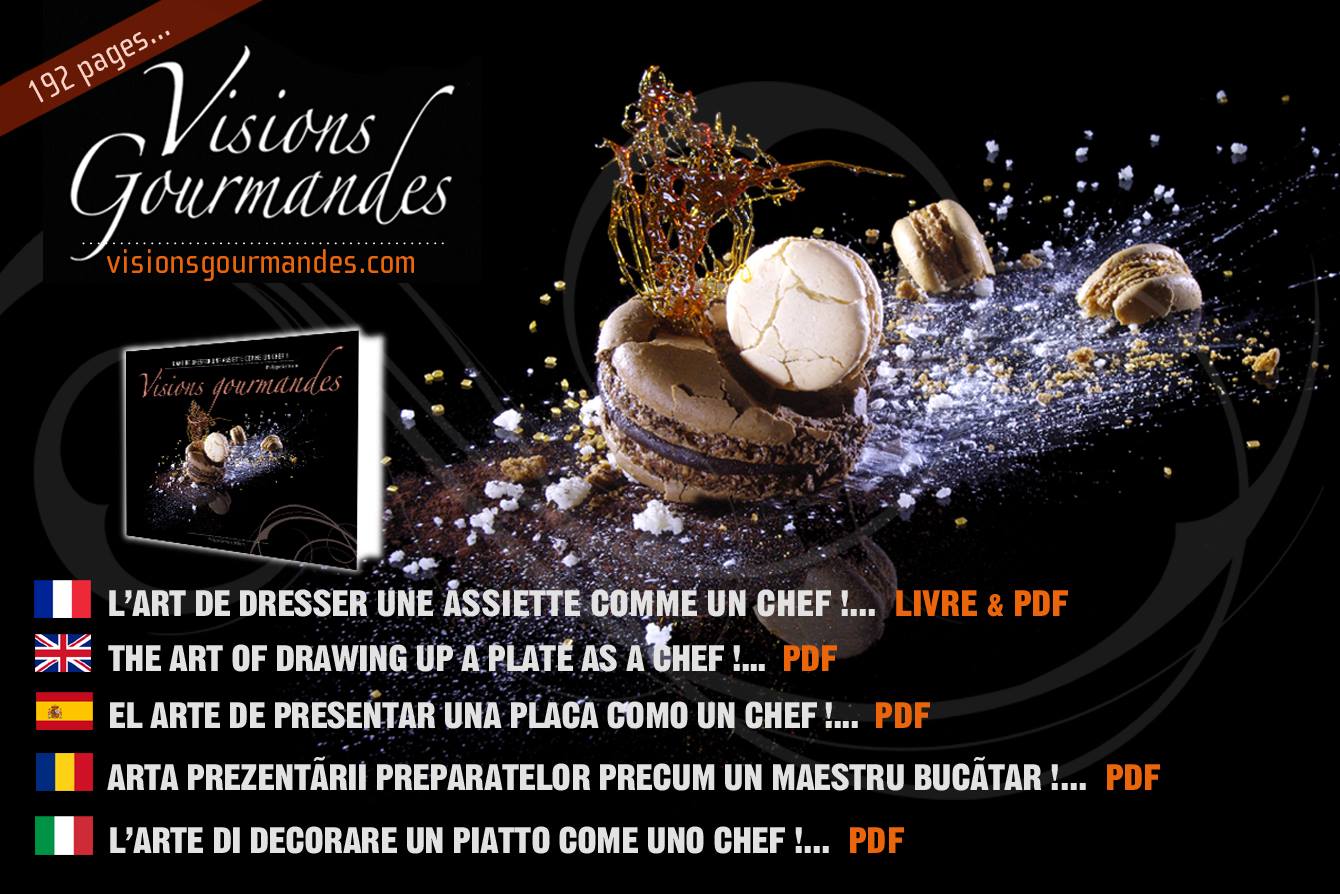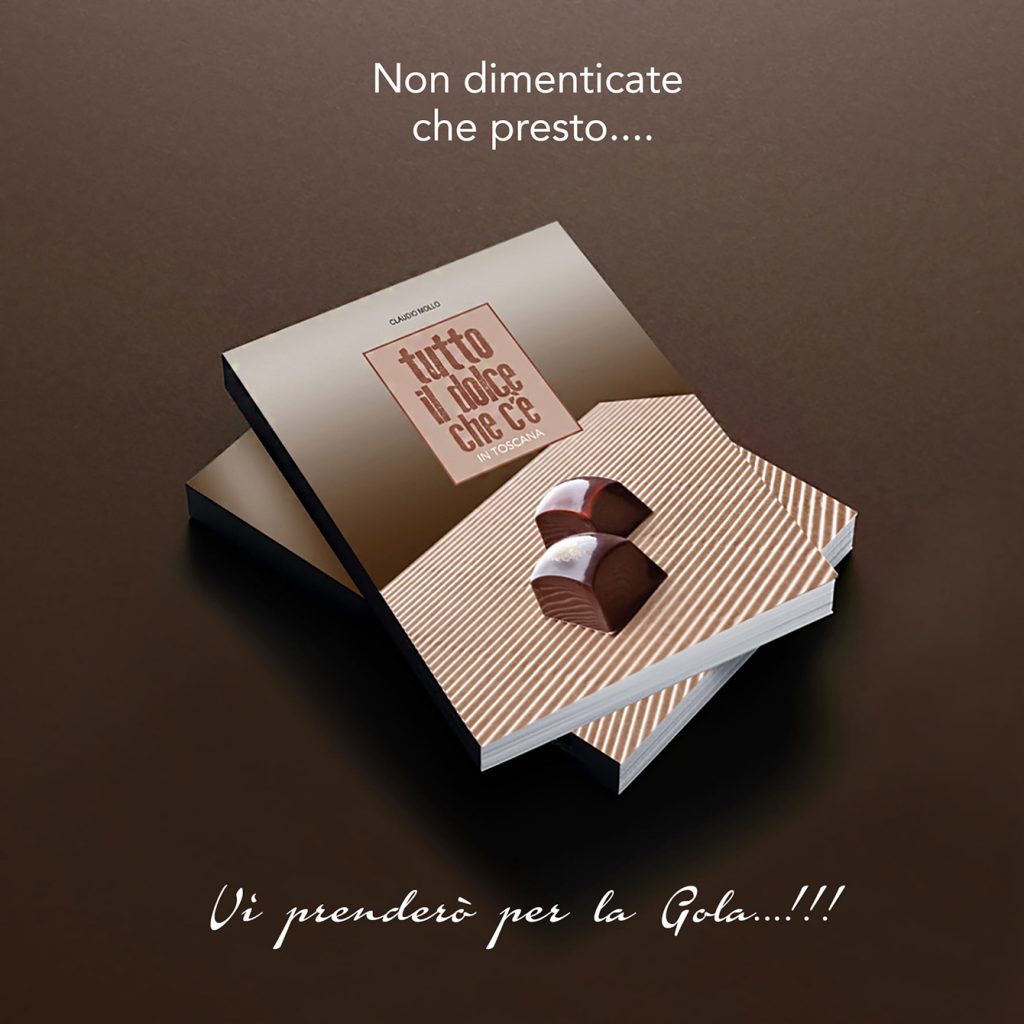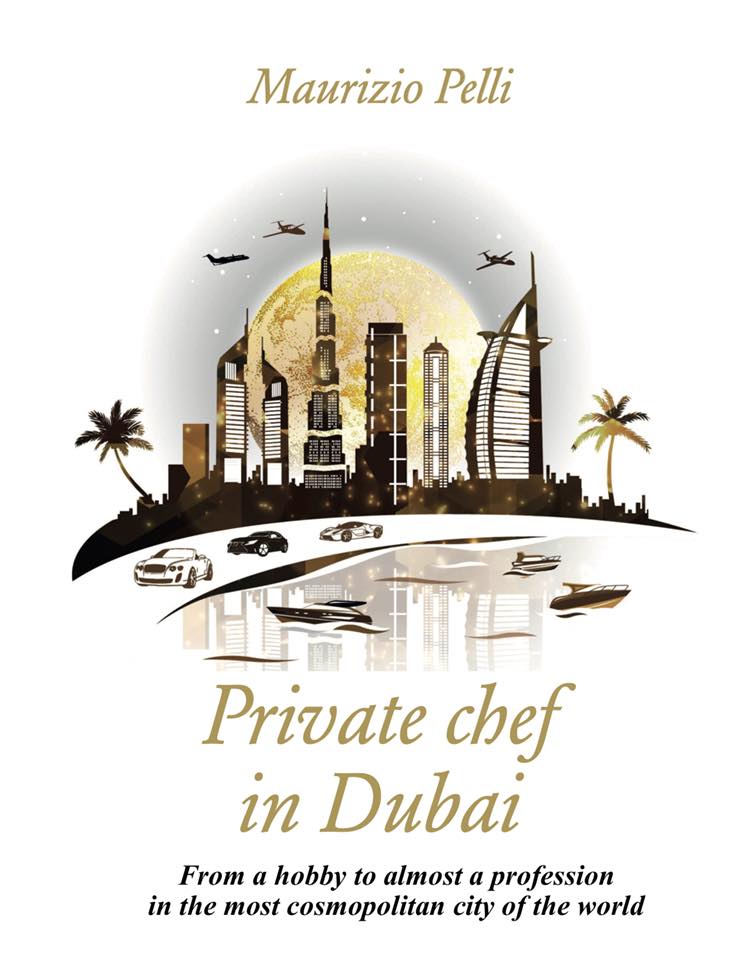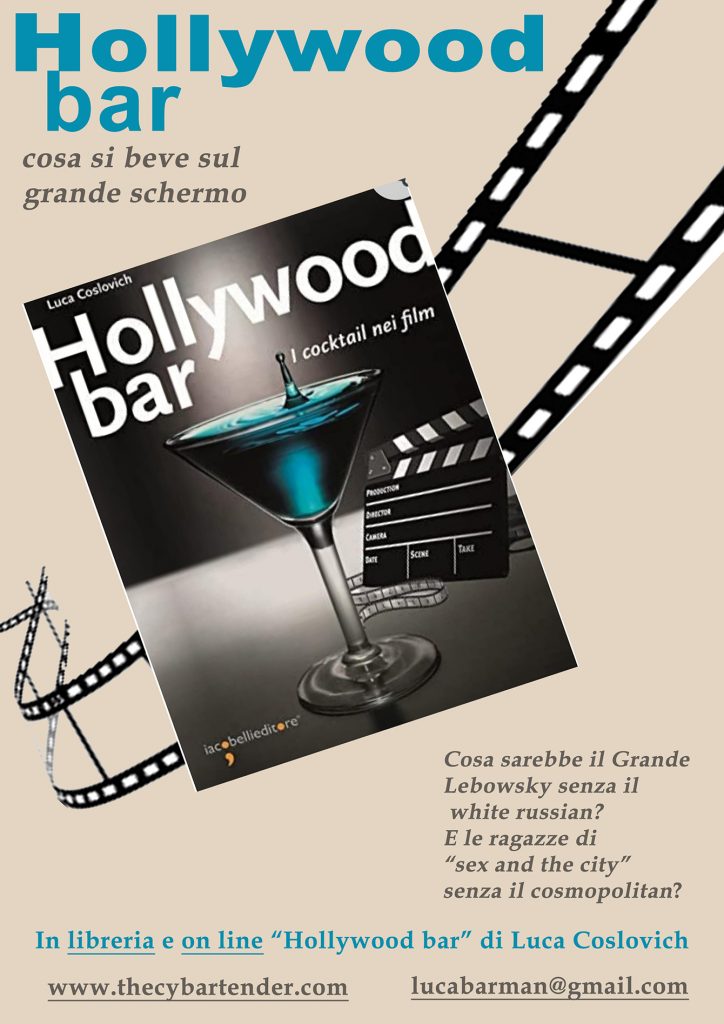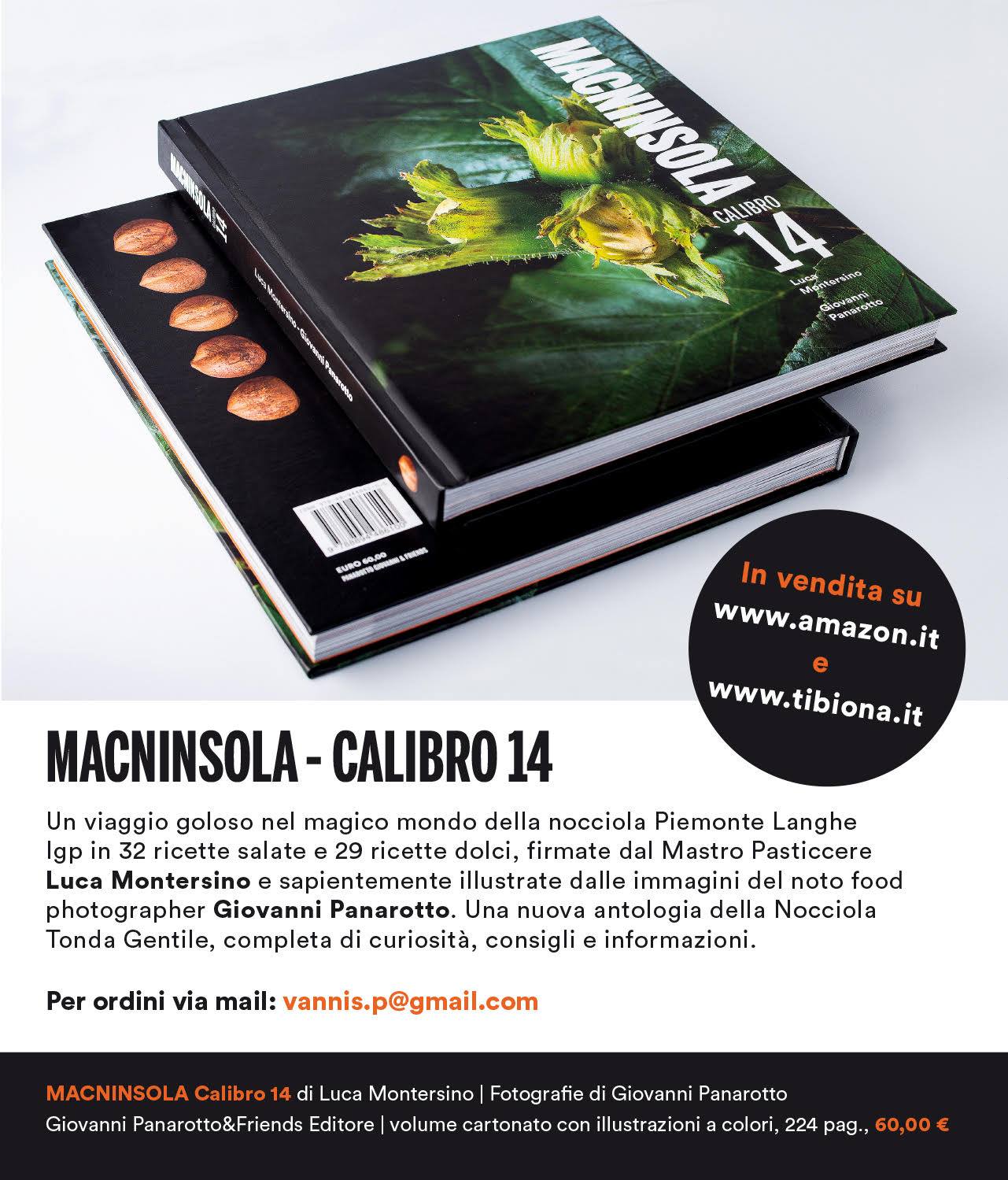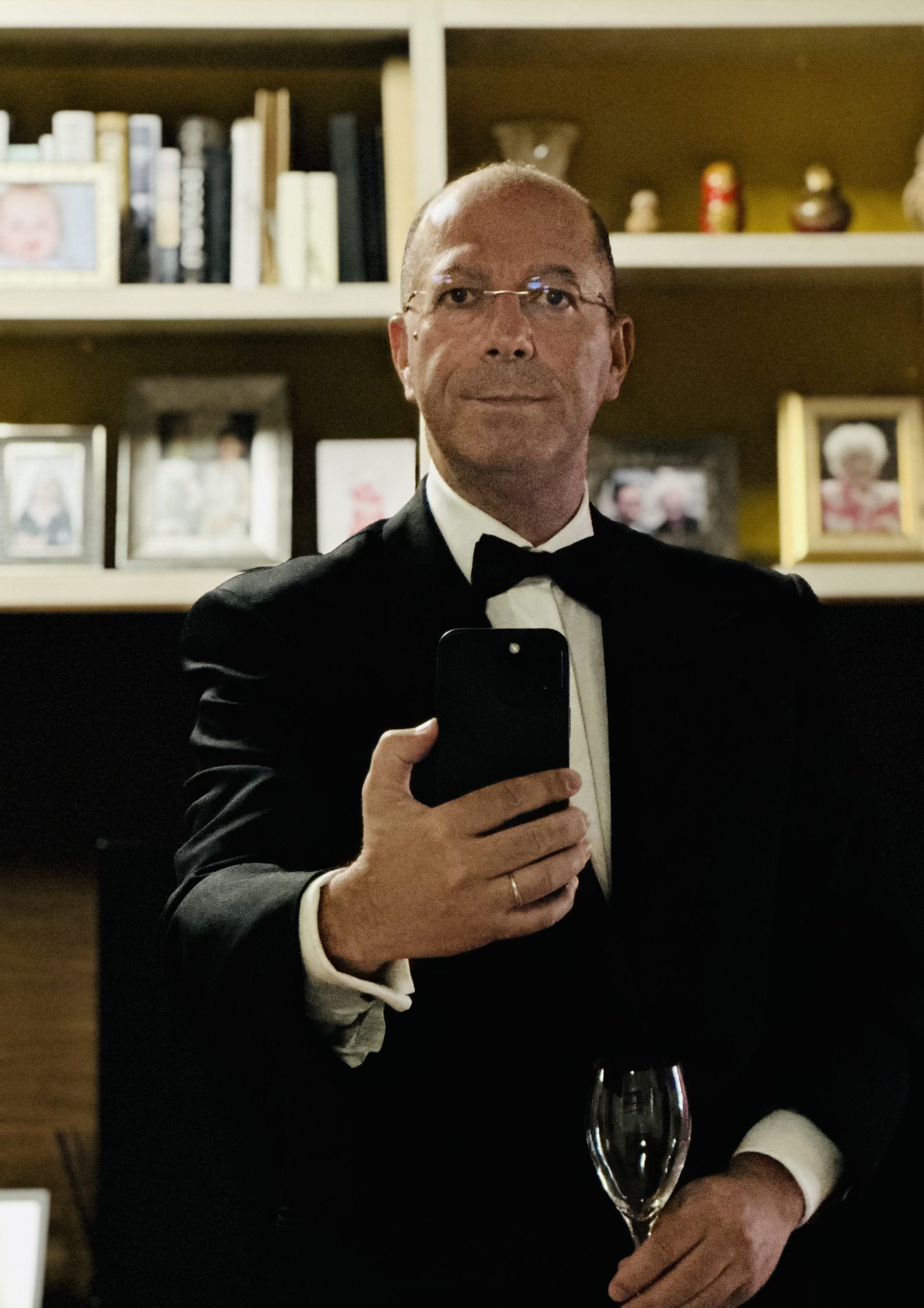
Article and Photos by Marco Alessandro Felicissimo Sommelier
Christmas and new year’s eve celebrations around the world are approaching and preparations are underway. In most countries this festive period is also an opportunity to enjoy convivial meals with family and friends with well-chosendishes and wines. Nowadays the choice of wine is vast. In most wine shops we can find wines from every continent. I will point out a few wines that in my opinion are worth drinking during the festivities with your close relatives and dear friends. There are obviously plenty more to choose from and you can also go for different vintages than the ones I mention in my article, which are the ones I tasted. If you have any questions you can contact me via email or direct message me in Instagram.
Sparkling wines and celebrations
Let’s start with sparkling wines. As you know, they have always been associated with celebrations. It is true consumer habits have changed becausenowadays these wines are more and more consumed in casual occasions or as an everyday wine. Someone has defined this process as “democratisation of sparkling wine”. Sparkling wine is not only being associated with formal events and special occasions, but it has become a wine that can be enjoyed in more relaxed contexts and more frequently. For French people Champagne perception hasn’t changed as they have always considered Champagne as a wine to be consumed daily throughout a meal. On the other hand, sparkling wine’s effervescence and refreshing taste are perfectly suitable for celebrationsbecause the bubbles create a festive atmosphere and add an extra element of excitement to any occasion. The crisp and refreshing taste of a sparkling wine is perfect for toasting and sipping throughout the evening. Sparkling wine is also versatile enough to pair well with a variety of foods. Its acidity and effervescence help to cut through rich and fatty foods, while its light and refreshing taste complement lighter dishes.
Among the several sparkling wines, Champagne, being both a reference and a symbol, has always been the most important one and is undoubtedly the leading sparkling wine throughout the world. Champagne is more than just a drink; it is a symbol of joy, success, and achievement. Whether you’re celebrating a promotion, a wedding, or the end of a challenging year, Champagne can help to make the moment feel even more special.
There is no denying that the popping of a Champagne bottle evokes feelings of joy, celebration, of a fresh start and pouring it creates an atmosphere of sophistication and elegance.
Just be careful when popping a bottle of Champagne or sparkling wine becausesomeone might get injured. A bottle of traditional method sparkling wine has five – six bars of pressure which is released when popping the bottle. Don’t direct the bottle towards people or your face when you do it because the cork, when released, can be very harmful.
There is not only Champagne out there as high quality traditional method sparkling wines are produced in several countries. I already mentioned the Cava Spanish sparkling wine produced in the Penedès region.
In Italy the most important appellations for sparkling wines are in Trentino region (Trento DOC) and in Lombardia region (Oltrepò Pavese Metodo Classico DOCG and Franciacorta DOCG).
Additionally, England may not be the first country that comes to mind when you think of sparkling wines, but in recent years, English wineries have produced high-quality sparkling wines.
The cool climate and chalky soils in certain regions of England provide the perfect conditions for growing grapes that produce delicious sparkling wines. The South Downs, located in the southeastern part of England, is home to some of the most prestigious sparkling wine producers in the country.
The region’s chalky soils, like those in Champagne, contribute to the specific character of the sparkling wines produced there. The South Downs is known for elegant and complex sparkling wines. Some examples of English producers are the award-winning Nyetimber winery located in West Sussex and the prestigious Chapel Down in Kent.
Sparkling wines can be an excellent aperitive or as I mentioned earlier, some more complex ones, which we usually define as gastronomic ones, can be consumed throughout the meal. In general, we can say that sparkling wine is the preferred choice on New Year’s Eve and there are many reasons for this. For some, it is a tradition that has been passed down through their family for generations. For others, it is just a way to celebrate the new year. Whatever the reason, sparkling wine is a popular choice for New Year’s Eve and for sure helps you party the night away.
These are my recommendations for sparkling wines to celebrate Christmas and and especially the New Year:
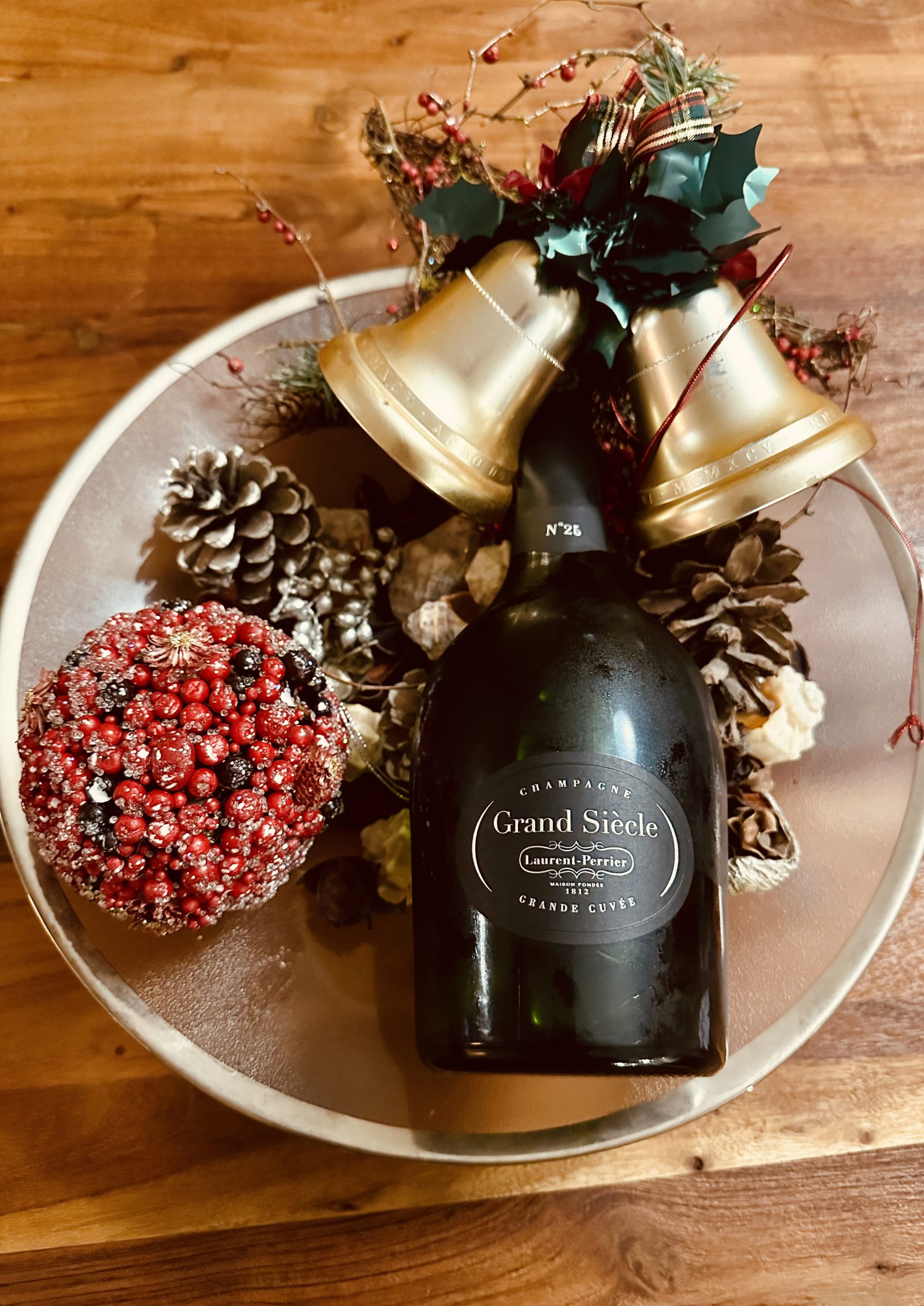
Champagne Grand Siècle Iteration n. 25 by Laurent Perrier, France.
It was produced by assembling wines from three exceptional vintages, 2006, 2007 and 2008 and made from 60% Chardonnay and 40% Pinot Noir. It ages in bottle for 12 years on the lees. A rich and enchanting bouquet with aromas of pastry, in particular of French almond croissant, melted butter, gingerbread and white flowers. On the palate it strikes for its fullness, impetus and persistence supported by a remarkable freshness. But it strikes even more for its wonderful elegance. An incredible Champagne, Chapeau!
Riserva del Fondatore Giulio Ferrari Rosé 2010 by Cantine Ferrari Trento.
Trentino region, Italy. Made from 70% Pinot Nero and 30% Chardonnay. It shows a shining salmon colour with coral reflection. It is a structured sparkling wine and opens with enticing scents of rose petal, citrus, baking spice and red berry which are intertwined with mineral notes. On the palate, it is radiant, vibrant, deep and multilayered, featuring red cherry and pomegranate overlaying rhubarb and mineral notes reminiscent of graphite and salinity. A silky, persistent perlage provides an incredible finesse while bright acidity lends intensity and precision. Extraordinary.
Champagne Jean Lallement et Fils, Reserve rosé, appellation Verzenay Grand Cru.
This Champagne, disgorged in August 2019, is made from 100% Pinot Noir variety. On the nose, it has aromas of bread dough, red fruits, violet, and hints of rose petal and citrus zest. On the palate, notes of strawberry, rhubarb and yeast with a dry, pleasantly mineral and clean medium-long finish. Outstanding quality at reasonable price.
And what about still white wines?
Of course the festive period in December is not only about sparkling wines. As we gather with families and friends you also prepare special dishes which you might want to pair with white or red wines. Let me first recommend two special white wines:
Chablis Grand Cru Vaudésir 2020 by Samuel Billaud winery, appellation Chablis Grand Cru. Bourgogne, France. This elegant and classy wine is made from 100% Chardonnay cultivated with organic/biodynamic farming. It has a pale gold colour. On the nose, it expresses pronounced aromas of pear, citrus blossom, orange zest, white peach, white flowers and final mineral and iodine notes. On the palate, it is sharp and precise, powerful and with plenty of fruit flavours. It is balanced and supported by high acidity and sapidity. Lingering finish. This wine is the perfect pairing with seafood.
A few words about the Vaudésir Cru, which is considered by many one of Chablis’ finest Grand Cru Climats (a climat is a vine plot, with its own microclimate and specific geological conditions, which has been carefully marked out and named over the centuries). To understand what sets it apart it helps to know that it is sometimes called the “Valley of Vaudésir” as the Grand Cru hill has been eroded to make a small valley. This history of erosion makes three big differences. First, the steeper sides give the vines extra sun for ripening. Second, it means that there are both south and southwest facing slopes, giving complexity to the wine. Finally, the erosion means that parts of the vineyard have more clay in the soil than most of the Grand Crus. The result is a wine of incredible balance, with elegant minerality and delicious fruit concentration. Of course, depending on where a producer’s vines are, Vaudésir can take on different expressil regions.
The second white wine I recommend is Cervaro della Sala vintage 2019 by Castello della Sala (Marchesi Antinori), Umbria region, Italy. This wine is made mainly from Chardonnay with a small quantity of Grechetto grape variety. Straw yellow colour with greenish highlights. The nose is intense and complex but very harmonious with toasted notes, aromas of citrus fruit, tropical fruit like pineapple, acacia blossom, hints of butter, vanilla and flint. On the palate, the wine is well structured with medium to high acidity that balances the wine complexity. Medium to full bodied, it is mineral with flavours of tropical fruit, peach and citrus (almost orange note). Pretty long finish for this complex wine that once opened continues to evolve in the glass.
For this reason, I recommend to open it one hour before drinking it as it opens up slowly.
Undoubtedly a wonderful Italian white wine! According to the producer, vintage2019 is considered one of the best, if not the best vintage ever produced. Other vintages are also at outstanding levels.
And red wine…
Especially in winter, depending on the dishes served, I always love to have red wine. These are my red wine suggestions for the festive period:
Don Melchor 2008 by Concha y Toro winery, Puente Alto, Chile.
It is made from93% Cabernet Sauvignon and 7% Cabernet Franc. It has flavours of dark plum jam, black currant, raspberries, oriental spices and hints of camphor. All notes are nicely supported by a good level of acidity. A pretty strong tannic frame with very well integrated tannins.
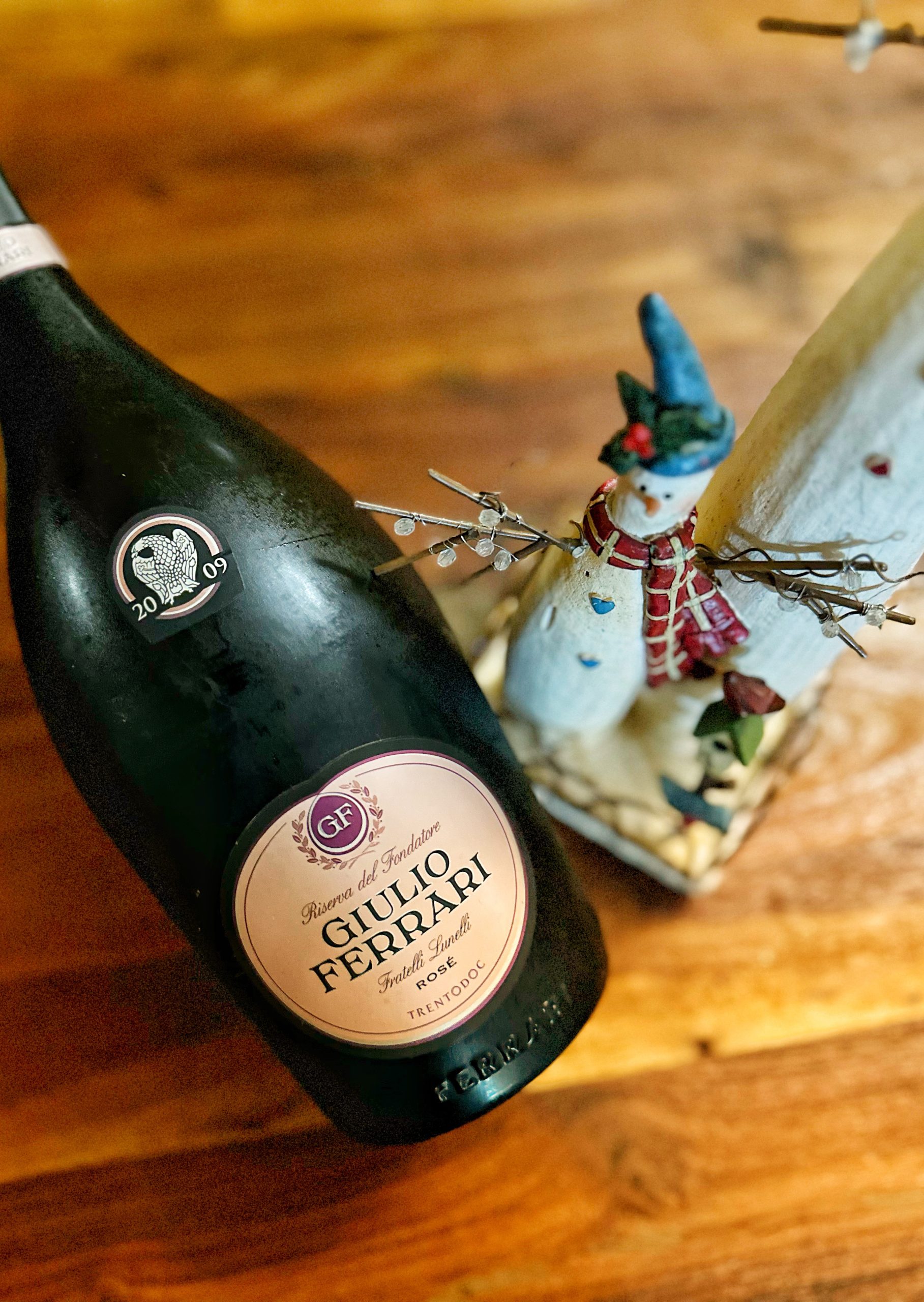
Medium/long finish accompanied by dark chocolate notes, as well as hints of dried mint and a touch of anise. An outstanding winethat can be paired with red meats such as grilled beef fillet with porcini mushrooms or grilled lamb chops.
About the D.O. Puente Alto
Puente Alto is a wine region, and a city, in the Maipo Valley on the southern fringes of the Chilean capital Santiago. The Maipo Valley is one of Chile’s most important wine regions. Cabernet Sauvignon is the most planted grape variety. The wines made from this variety are considered to be the ones with the highest quality and have some of the highest prices in Chile. The region also produces good wines from Syrah, Carménère and Chardonnay varieties.
The area was one of the first in Chile to be recognised as having a distinct terroir for the production of wine. The Maipo River flows through Puente Alto on its route from the Andean peaks to the Pacific Ocean. East of Santiago, the area is characterised by the steep slopes of the lower Andes Mountains, which rise from 600 meters to peaks of 3000 meters within just a few miles.
Puente Alto itself stands at an altitude of roughly 700 meters. This altitude, combined with the presence of a bridge over the Maipo River, gives the area its name which means ‘high bridge’ in Spanish.
The terroir here is heavily influenced by the Andes. The soil is made up of Andean rocks brought down into the region by the Maipo River. This alluvial soil is dry and free-draining, limiting the vigour of the vines and resulting in the production of small, concentrated berries. The resultant wines have a good structure and firm tannins and get their minerality from this soil.
The second red wine I’m proposing is Barolo Cannubi 2015 by BorgognoWinery, Barolo, Piemonte region, Italy. This wine made from 100% Nebbiolo grape has a ruby colour with garnet nuances.
On the nose, it is complex, showcasing pronounced initial balsamic notes of mint and eucalyptus followed by aromas of violet, ripe red fruit, undergrowth, cedar wood, clove, earth. On the palate, it is full bodied, soft but powerful with an underlying sapidity. Beautiful elegance resulting from a complex interplay between tannins, acidity and fruity notes (cherries). The tannins are round and austere.
Long finish. A wine that is ready to drink now but it will also bottle age well for several years.
This wine should be paired with roasted red meat, braised meat, stews and also with some aged cheeses.
I hope my wine suggestions can find their way on your dining tables and I send wishes your way for a great holiday season and a super fabulous year ahead!
